
How to Grow Out Bangs Gracefully: Styling Tips for Every Stage | The Ultimate Hair Guide
11 min read

11 min read

10 min read

9 min read

13 min read

5 min read

10 min read
The question of "how often should you wash your hair?" is perhaps one of the most debated topics in the world of beauty and grooming. For years, myths have circulated ranging from the grandmotherly advice of "100 brush strokes and daily washing" to the modern "no-poo" movement that advocates for ditching shampoo entirely. The reality, as is often the case with biology, lies somewhere in the nuanced middle. Finding the perfect balance is crucial because your washing schedule impacts not just the cleanliness of your strands, but the overall health of your scalp, the vibrancy of your color, and the manageability of your style.
Navigating the aisle of hair care products can be overwhelming, but understanding the biology of your hair is the first step toward hair nirvana. Whether you are battling an oily scalp by noon or dealing with dry, brittle ends that seem to snap at the mere sight of a shampoo bottle, the frequency of your wash days plays a pivotal role. Professional stylists agree that there is no one-size-fits-all answer; instead, the ideal schedule is a customized equation based on hair texture, porosity, lifestyle, and scalp health.
In this comprehensive guide, we will break down the science of sebum, analyze the specific needs of different hair textures, and provide expert-approved schedules to help you achieve your healthiest hair yet. By the end of this article, you will have a clear roadmap tailored specifically to your unique physiology, allowing you to stop guessing and start glowing.
To determine how often should you wash your hair, you must first understand why we wash it in the first place. The primary culprit—and hero—of this story is sebum. Sebum is an oily, waxy substance produced by the sebaceous glands located next to your hair follicles. While "oil" often gets a bad reputation in the beauty world, sebum is actually a natural conditioner. It waterproofs the hair shaft, prevents it from becoming brittle, and maintains the scalp's microbiome balance. Without it, your scalp would be dry, itchy, and prone to infection, and your hair would be straw-like and unmanageable.

However, the rate at which these glands produce sebum varies wildly from person to person. Hormones (specifically androgens), genetics, and age all dictate how much oil your scalp produces. When sebum accumulates, it traps dead skin cells, dirt, and environmental pollutants. This mixture can create a breeding ground for yeast (like Malassezia), which can lead to dandruff and seborrheic dermatitis. Therefore, the goal of washing is not to strip the scalp entirely, but to remove the excess buildup while leaving enough natural oil to keep the hair hydrated.
The texture of your hair also determines how quickly this sebum travels from the roots to the ends. Think of a straight slide versus a spiral staircase. On straight hair, oil can slide down the shaft quickly, making the hair look greasy faster. On curly or coily hair, the oil has a difficult time navigating the twists and turns, meaning the roots may be oily while the ends remain dry. This mechanical difference is the fundamental reason why hair types require drastically different washing schedules.
If you have fine or pin-straight hair, you likely know the struggle of the midday slump—where hair that was voluminous in the morning falls flat and greasy by lunch. Fine hair strands have a smaller diameter, which means there is less surface area for the oil to cover. Consequently, the oil saturates the hair much faster than it would on coarser textures. Additionally, straight hair provides a direct path for gravity to pull sebum down the shaft.
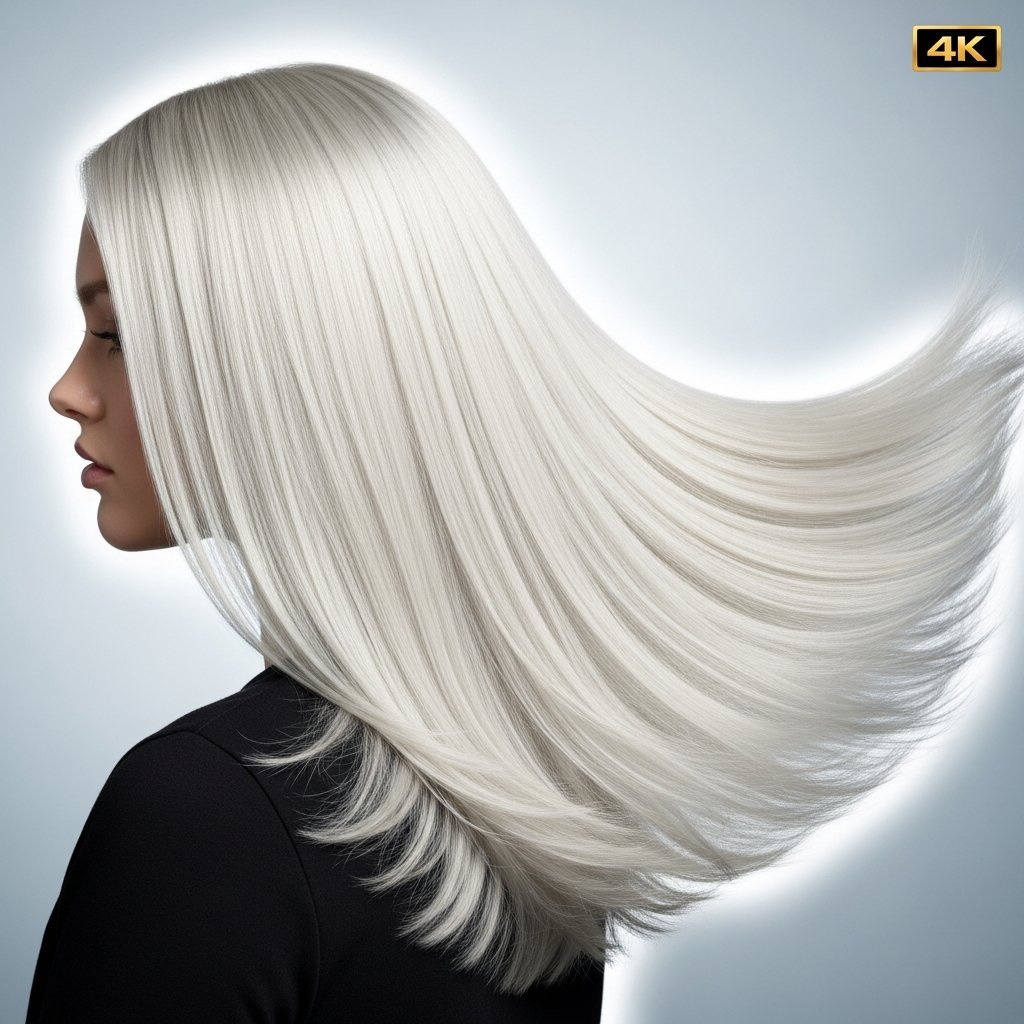
Recommended Frequency: Every day or every other day.
For this hair type, daily washing is often not a sin; it is a necessity for volume and scalp health. However, the key is using the right products. Heavy, moisturizing shampoos can weigh fine hair down, exacerbating the greasy look. Instead, look for gentle, volumizing formulas that clean the scalp without stripping the hair cuticle. If you choose to wash daily, consider using a "low-poo" or sulfate-free option every other wash to prevent drying out the scalp, which can ironically trigger the glands to overproduce oil in a panic response.
Stylists often recommend the "reverse washing" technique for fine hair occasionally: applying conditioner first to the mid-lengths and ends, and then shampooing. This ensures the hair gets moisture without the heavy residue that makes fine hair look limp. Furthermore, dry shampoo can be a temporary savior for extending the wash cycle by one day, but it should not be relied upon as a permanent substitute for water and cleanser, as it can clog follicles over time.
Thick and wavy hair sits in the middle of the spectrum. The individual strands are thicker, meaning they can absorb more oil before looking greasy, and the wavy texture creates a slight barrier that slows down the migration of sebum. This hair type often looks its best on "day two" or "day three," where a little bit of natural oil helps to tame frizz and define the wave pattern.

Recommended Frequency: Every 2 to 3 days.
Washing this hair type too often can lead to a "poofy" appearance, as the natural oils are necessary to weigh the hair down slightly and clump the waves together for definition. When you do wash, focus the shampoo strictly on the scalp and let the suds run down the ends as you rinse. Scrubbing the mid-lengths and ends can cause unnecessary friction and frizz.
Hydration is more critical for this group than for fine hair types. A moisturizing shampoo and a separate conditioner are essential. If you exercise frequently or feel the need to refresh your scalp between washes, a simple water rinse followed by a light application of conditioner on the ends (co-washing) can be a great interim solution. This refreshes the style without stripping the scalp of the beneficial oils that keep wavy hair glossy and healthy.
For those with curly (Type 3) and coily or kinky (Type 4) hair, the washing rules are entirely different. The spiral structure of the hair makes it physically difficult for natural oils to travel from the scalp to the ends. As a result, this hair type is naturally drier and more fragile. Over-washing is a common mistake that leads to dehydration, breakage, and a loss of curl definition.
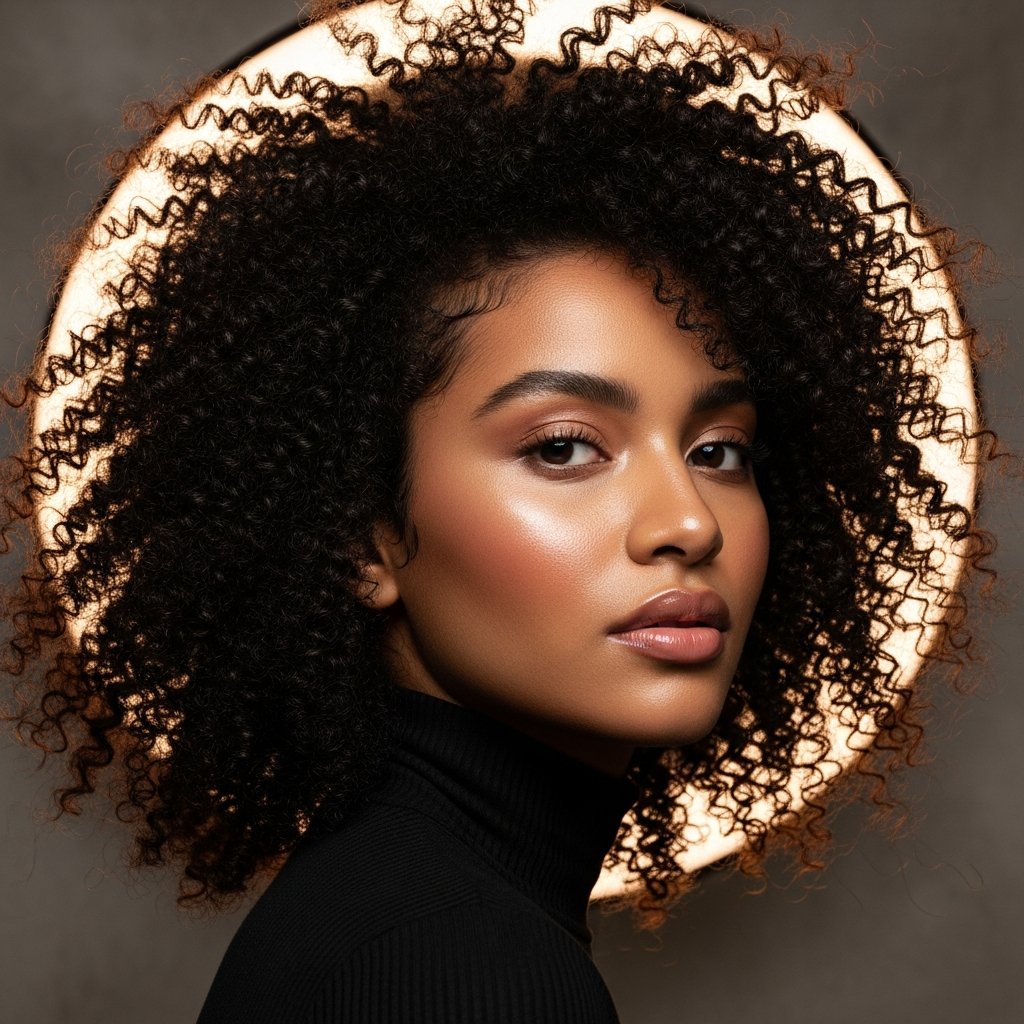
Recommended Frequency: Once a week to once every two weeks.
When dealing with textured hair, the wash day is often a ritual involving pre-pooing (applying oils before washing), detangling, and deep conditioning. Many experts recommend "co-washing" (washing with conditioner only) in between full shampoo sessions. This cleanses the scalp gently without the harsh surfactants found in traditional shampoos. However, it is vital to use a clarifying shampoo at least once or twice a month to remove product buildup, especially if you use heavy styling creams, gels, or butters.
For Type 4 hair specifically, moisture retention is the primary goal. Sulfates should generally be avoided as they are too drying. Instead, look for creamy, non-foaming cleansers that contain ingredients like shea butter, argan oil, and aloe vera. The focus should be on replenishing moisture at every step of the cleansing process. If the scalp feels itchy or dirty between washes, using a witch hazel spray or a specialized scalp oil can provide relief without necessitating a full wash day.
Chemical processes, whether it is a double-process blonde, a balayage, a relaxer, or a perm, compromise the structural integrity of the hair cuticle. This makes the hair more porous, meaning it absorbs water easily but also loses moisture just as quickly. Furthermore, water is the number one enemy of hair color longevity; every time you wash, color molecules leach out of the hair shaft.

Recommended Frequency: As infrequently as possible—ideally 1 to 2 times a week.
To preserve color and chemical bonds, you must treat your hair like a delicate fabric. If you have an oily scalp but dry, processed ends, this can be a balancing act. Use a color-safe, sulfate-free shampoo and wash with lukewarm or cool water. Hot water opens the cuticle, allowing color to fade faster and moisture to escape.
Between washes, utilize shower caps to protect your hair from humidity and water spray. If your roots get greasy, dry shampoo is your best friend, but choose one that doesn't leave a white cast on darker roots. Additionally, incorporating a bond-building treatment or a protein mask into your routine every few washes can help reinforce the weakened structure of chemically treated hair, preventing the "gummy" feeling often associated with over-processing.
While genetics dictate your hair type, your lifestyle dictates your hair's exposure to grime. Someone who works in an air-conditioned office will have different needs than a marathon runner or a construction worker. External factors are often the tie-breaker when deciding if today is a wash day.
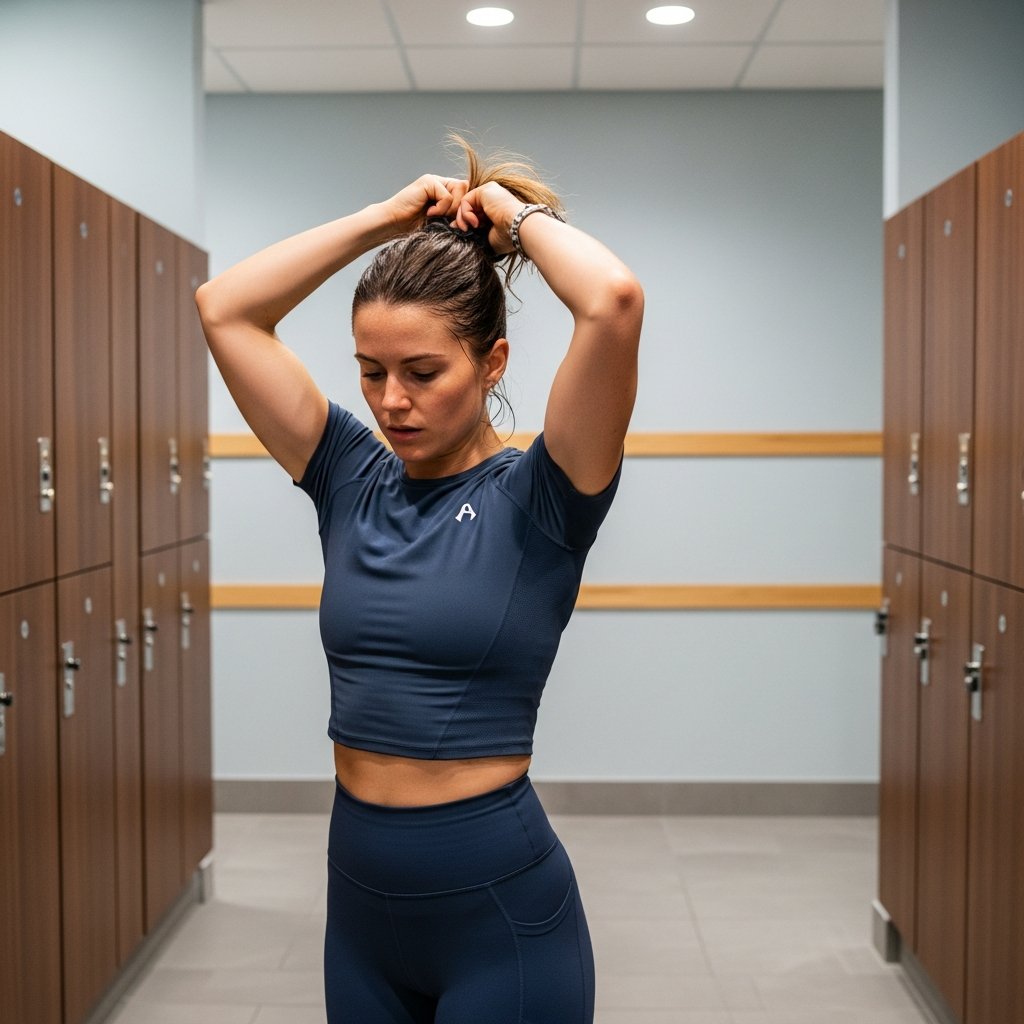
Exercise and Sweat: Sweat is mostly water and salt. While it doesn't produce oil, it can spread existing sebum down the hair shaft and, when dried, the salt can cause dryness and irritation. Heavy sweaters may need to rinse their hair with water after a workout and condition the ends, reserving shampoo for every other workout to avoid drying out the scalp.
Pollution and Climate: Living in a dense urban environment exposes your hair to smog, car exhaust, and particulate matter that clings to hair fibers, making them dull and gritty. City dwellers may need to wash more frequently than those in rural areas. Similarly, humid climates stimulate oil and sweat production, necessitating more frequent cleansing, while dry, cold climates often allow for longer periods between washes.
Hard Water: If you live in an area with hard water (water high in minerals like calcium and magnesium), you might feel a film on your hair even after washing. This mineral buildup can make hair feel greasy and heavy, tricking you into thinking you need to wash more often. In this case, the frequency isn't the issue—the water is. Installing a shower filter or using a chelating shampoo once a month can resolve this issue without altering your standard routine.
Because there is no perfect rule, you must learn to read your hair's signals. Your body is excellent at communicating when its balance is off. Listening to these cues is the best way to fine-tune your routine.
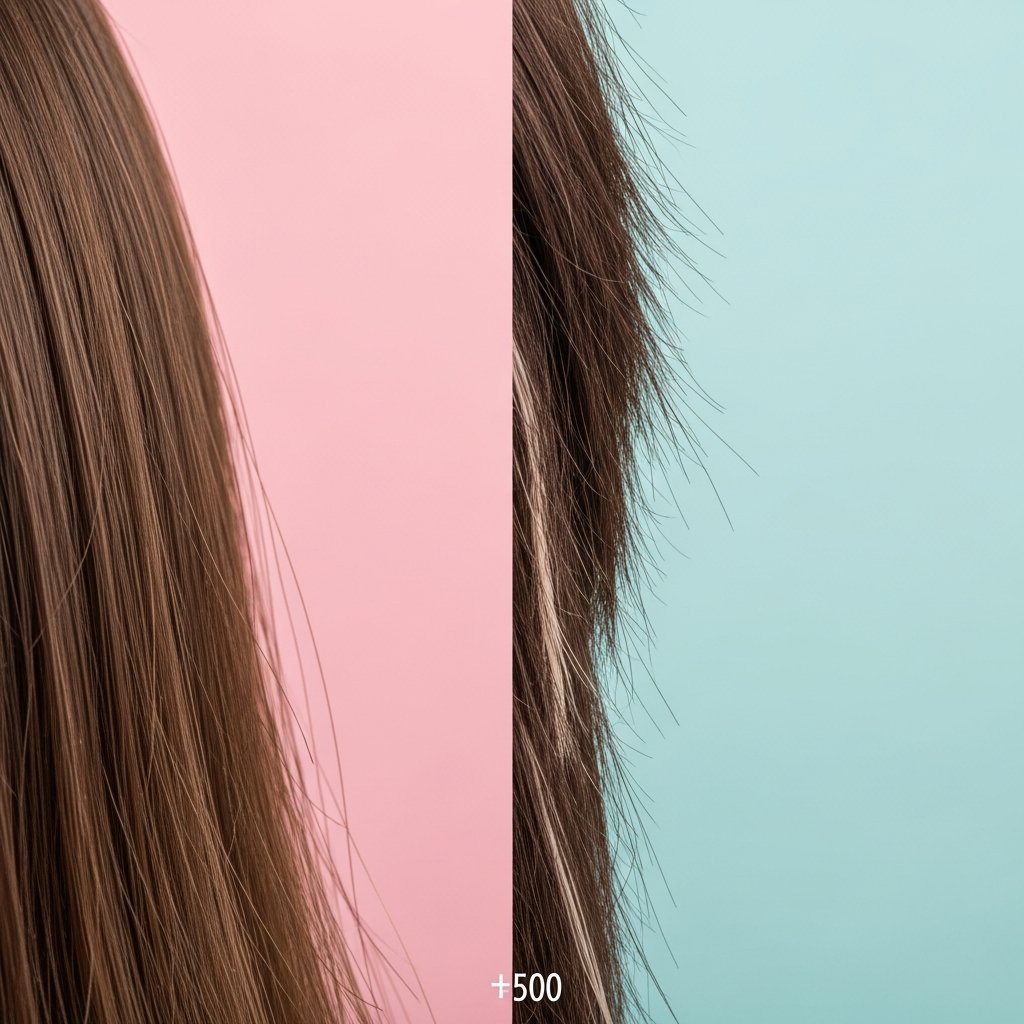
Regardless of your frequency, the technique you use to wash your hair is just as important as the timing. Professional stylists emphasize that most people actually wash their hair incorrectly. Here are expert tips to maximize your wash day results:
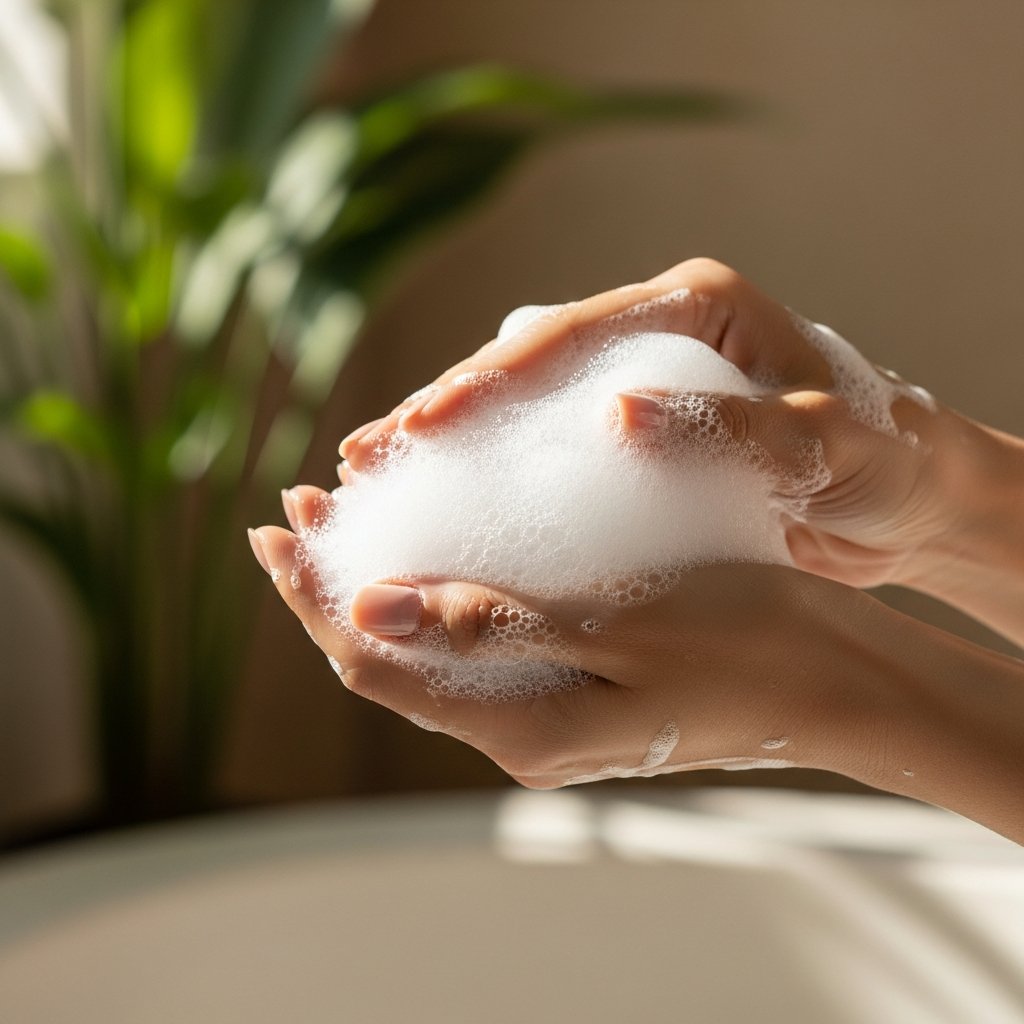
Q: Can I 'train' my hair to be less greasy by washing it less? A: This is a controversial topic. While you can restore your scalp's barrier function by not over-stripping it, you cannot change the biological size or activity of your sebaceous glands, which are regulated by hormones. If you have naturally oily skin, "training" will likely just result in an itchy, uncomfortable scalp. It is better to use a gentle shampoo suited for daily use than to suffer through weeks of grease.

Q: Is dry shampoo a valid replacement for washing? A: No. Dry shampoo is a starch-based product that absorbs surface oil, making hair look clean. It does not remove dirt, bacteria, or dead skin. Think of it like using hand sanitizer; it's great in a pinch, but it doesn't replace washing your hands with soap and water. Limit use to 1-2 times between actual washes.
Q: Does washing hair cause hair loss? A: It is a common myth that washing causes hair loss because we see hair in the drain. In reality, we shed 50-100 hairs a day naturally. These loose hairs often get trapped in our style and only fall out when lubricated by water and shampoo. Washing regularly actually keeps the follicle healthy and free of blockage, promoting growth.
Q: Should I change my washing routine with the seasons? A: Absolutely. In winter, the air is drier, and you may need to wash less often and increase moisture. In summer, heat and sweat may necessitate more frequent washing. Listen to your hair and adapt accordingly.
Q: What about co-washing for straight hair? A: Co-washing (washing with conditioner) is generally too heavy for fine, straight hair and will leave it looking limp. It is a technique best reserved for curly, coily, or extremely dry and thick hair textures.
Determining how often should you wash your hair is a personal journey that requires looking beyond the trends and focusing on your unique biology. Whether you are a daily washer with fine strands or a weekly washer with luscious curls, the goal remains the same: a balanced scalp and hydrated hair. By identifying your hair type, considering your lifestyle, and using the correct techniques, you can establish a routine that keeps your hair looking salon-fresh every day. Remember, if you are ever in doubt or experiencing persistent scalp issues, consulting with a professional stylist or dermatologist is the best step toward achieving your hair goals. Your hair is your crowning glory—treat it with the customized care it deserves.

11 min read

10 min read

9 min read